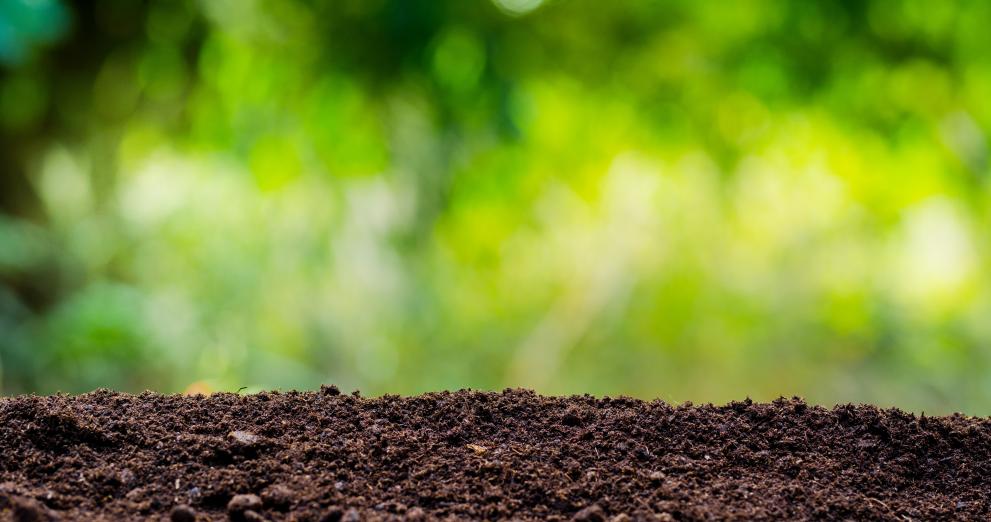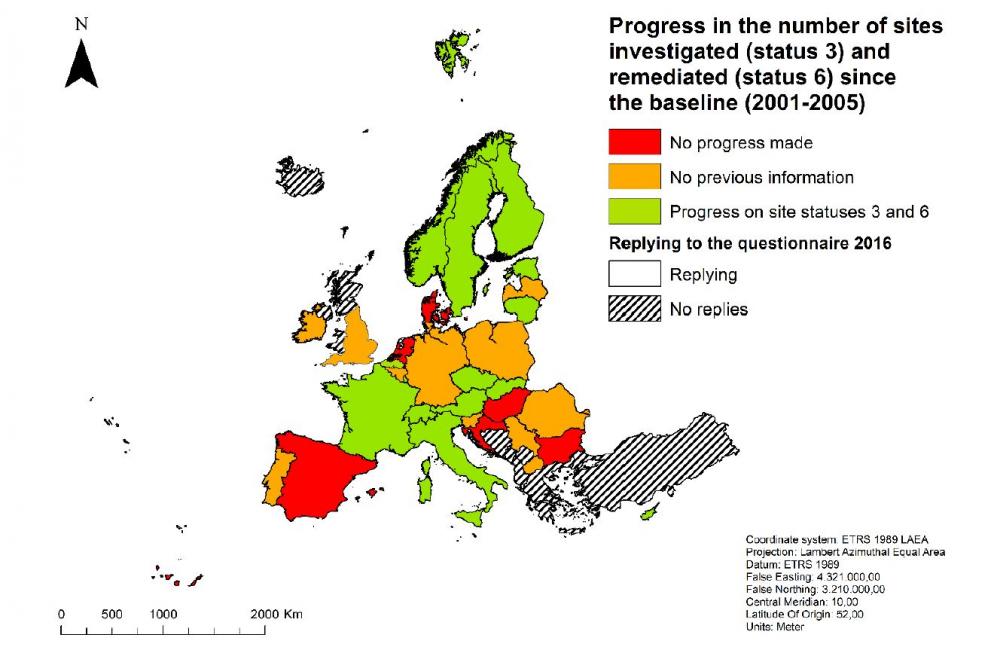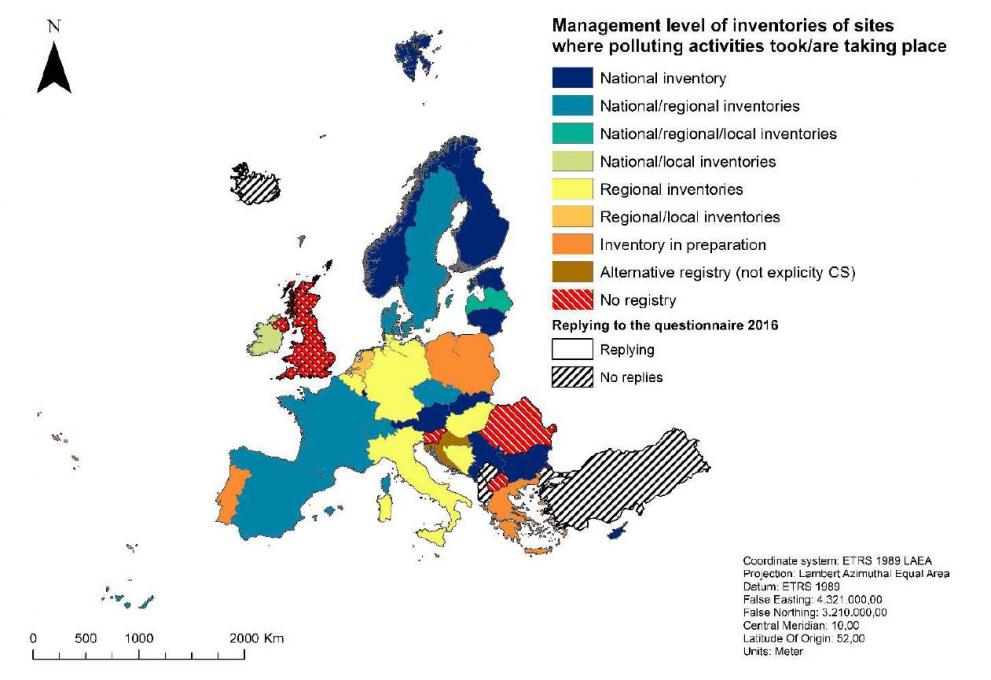
European countries are making progress on tackling soil contamination.
A new report from the JRC finds that over 5,000 new sites are under remediation or risk-reduction measures since 2011.
At the same time, prevention and remediation remain a work in progress.
The new report estimates that polluting activities potentially took place in 2.8 million sites in the EU.
A significant effort is being made by Member States to identify which sites need urgent action and where remediation or risk reduction measures are required.
In most countries, the inventory process starts with the establishment of a register of sites where polluting activities have, or may have, taken place.
The report finds that there are more than 650k officially registered contaminated sites across Europe.
More than 170k sites still to be investigated , 68k are currently under investigation and more than 125k sites need or might need remediation. while 65 500 sites have already been remediated, or are under aftercare measures.
The status of soil contamination in Europe report is based on a questionnaire the JRC sent to 39 European countries in 2017, of which 29 replied.
Differences between data collection and management efforts are also highlighted.
The scientists call for a common European framework to help national governments in their efforts to prevent and remediate soil contamination.
Tracking progress across Europe
An average of 3.6 contaminated sites per square kilometre of artificial surface are registered in the country inventories of EU Member States.
More than 76 000 new sites have been registered since the latest survey conducted in 2011.
A significant effort is being made to remediate these identified contaminated sites, with more than 5,000 new sites under remediation or risk-reduction measures.
More than 65 500 sites have already been remediated, or are under aftercare measures: this represents an increment of more than 8 500 new remediated sites in the past 5 years.

Differences in management approach
Countries like the Netherlands, Germany, the UK, and the Flanders region in Belgium who have been tackling the problem of soil contamination for at least three decades, are focusing their efforts on remediating those sites where they have identified that polluting activities took or are taking place.
Countries that have more recently started to address soil contamination are currently focusing on the identification of contaminated sites.
Of the 39 countries surveyed, 28 maintain inventories for contaminated sites at different administrative levels - national, regional or local.
Most of the inventories are managed at national level, frequently by environmental agencies.
Poland and Portugal are preparing their inventory, which will be managed at regional and at national level, respectively.
Since 2011, Cyprus has developed its national register of contaminated sites and Malta is currently collecting information on contaminated sites.

Due to the wide variety of soil types, land uses, depths of groundwater tables and site and building characteristics, the most extensively used practice for dealing with soil contamination across Europe involves a combined approach. This allows flexibility in the tools used to for site-specific risk assessment.
However, the data collected by countries are not fully comparable, due to a lack of commonly accepted European terminology and guidelines.
This prevents scientists from being able to evaluate certain parameters at the European scale, such as the total surface area contaminated per class of contaminant, the percentage of population exposed to the contamination and the environmental damage caused by contaminated sites.
The "polluter pays" principle and the cost of putting things right
On average more than 42 % of the total expenses come from public budgets for all countries that responded to the questionnaire.
This is mostly linked to the fact that the "polluter-pays" principle, while applied to all new cases, is rarely applicable to historical contamination.
Of all respondents, 26 countries have a national programme to deal with orphan sites – contaminated sites where the parties responsible for the contamination are unknown.
The responsibility for identification and remediation of these sites varies both within and between countries, as does the funding regime.
Background
The EU's Seventh Environment Action Programme recognises that soil degradation is a serious challenge.
It provides that by 2020 land is managed sustainably in the EU, soil is adequately protected and the remediation of contaminated sites is well underway.
It also commits the EU and Member States to increasing efforts to reduce soil erosion, increase soil organic matter and to remediate contaminated sites.
The 'Progress in the management of contaminated sites in Europe' indicator has been used since 2001 to reflect how industrially polluted sites are remediated.
In 2017, the methodology to assess the status of contaminated sites was revised to accommodate the range of definitions used by countries.
The results of this new approach are presented in the JRC's report, which will form the basis of an updated indicator and will facilitate a more accurate reflection of trends in site remediation.
Details
- Publication date
- 21 September 2018
